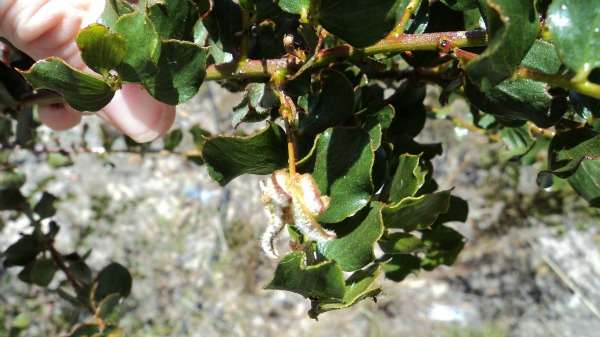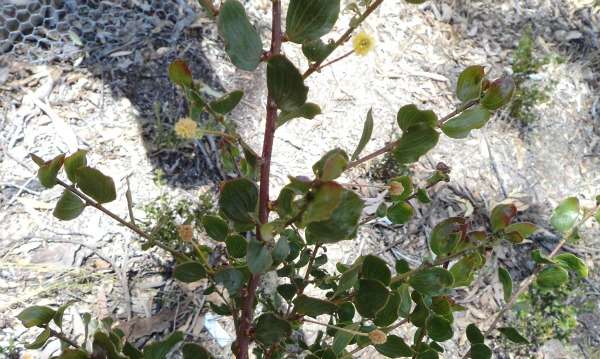Translocation efforts breathe life into rare acacias

Infrared cameras have been used to monitor crop stress for years, but a WA plant biologist recently used the technology to ensure the successful translocation of a critically endangered plant species near Albany.
The Stirling Range Wattle, Acacia awestoniana, is restricted to two small populations in the Great Southern's Stirling Range National Park—an internationally recognised biodiversity hotspot.
In 1996 the endemic species was declared as rare flora in recognition of its threat of extinction.
UWA plant conservation PhD student Christine Allen translocated the species between 2010 to 2012 as part of the Department of Parks and Wildlife's recovery plan for the species.
Dr Allen, colleagues, volunteers and DPaW Albany flora conservation officer Sarah Barrett and scientist Rebecca Dillon established a population using seedlings germinated at the department's Threatened Flora Seed Centre in Perth.
They planted 864 seedlings in 24 fenced plots under white gum (Eucalyptus wandoo) canopies and out in the open.
Some plots were watered weekly or monthly over summer, while others only received rainfall.
Dr Allen says using infrared photography to compare leaf and air temperatures was a new use of the technology for plant conservationists.
If a leaf is hotter than the surrounding air, the plant may be drought affected and unable to carry out vital functions, such as photosynthesis.

Dr Allen found leaf temperatures correlated to watering treatments.
"We found leaves that were not watered were at least two degrees hotter than the surrounding air," she says.
"There was close to no difference between the air and leaves of weekly watered plants—they stayed similar to their surroundings."
Dr Allen also measured survival, height and leaf herbivory, or grazing by insects and animals.
Height ranged from 100mm for plants under the wandoo to 500mm in the open, with seedlings under the canopy showing more evidence of grazing.
She says the survival rate—which in July 2012 was 81 per cent—is encouraging, especially because it was the first attempt to translocate A. awestoniana.
Dr Allen says results indicate the species is well adapted to survive at seedling stage without supplementary watering regimes, which is promising for the wattle's survival prospects.
"DPaW continues to monitor the population, which produced flowers for the first time in September 2012 and are now producing seed," Dr Allen says.
"Because they are not reproducing on their own it is not a self-sustainable population so they are not out of the danger zone yet.
Provided by Science Network WA
This article first appeared on ScienceNetwork Western Australia a science news website based at Scitech.



















